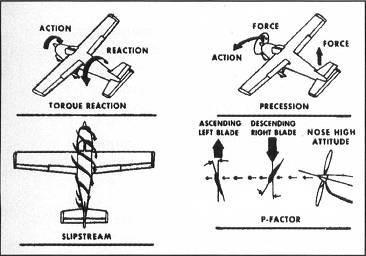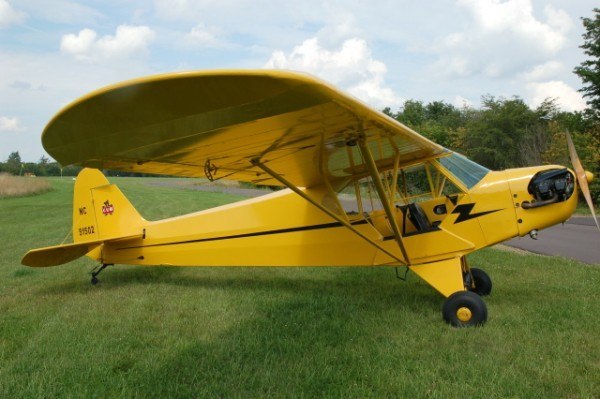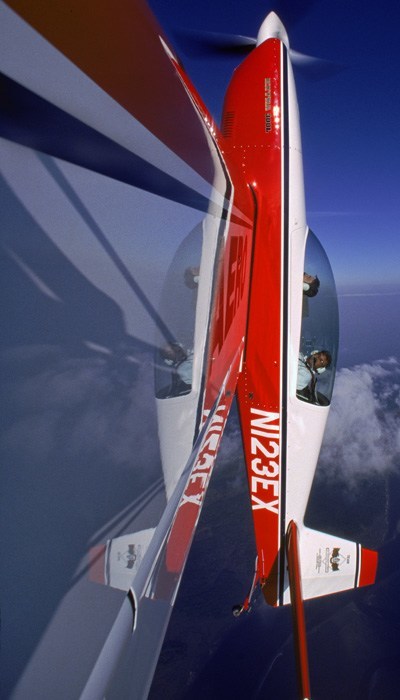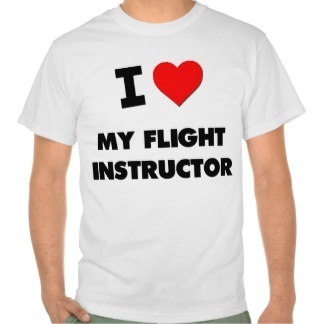High Performance Aviation
Six Steps to Becoming an AWESOME Pilot
We all strive to become better pilots. Here are some tips on improving your game.
1. Master the Rudder
The reality is that Sir Isaac Newton knew exactly what he was talking about when he penned the idea, “For each action there is an equal and opposite reaction.” Your plane wants to yaw and roll to the left for multiple reasons:
- S – Spiraling Slipstream
- T – Torque
- A – Asymmetric Thrust (P-factor)
- G – Gyroscopic Precession
Proper rudder coordination is the absolute crux for any skilled aviator and gives the aircraft its maximum performance for the most critical phases of flight.

2. Get a Tailwheel Endorsement
Some people argue that safer, modern-day tricycle gear aircraft have made lazier pilots. They might be right! Tailwheel training teaches amazing habits, including proper rudder control. Conventional-gear aircraft, like the J-3 Cub, have long been the staple of aviation training, forging some of the world’s best pilots. All the way from engine start to engine shutdown, precision rudder usage is required for taxi, takeoff, landing, and everything in between. An appropriate-rated instructor will be able to impart invaluable knowledge that will help you improve rudder habits.

3. Strive for Precision
From your checkride to your everyday flying, precision should be the goal. If your instruments tell you something is off, fix it. If your eyes tell you something is wrong, fix it. If your hands, ears, or nose tell you something isn’t quite right, fix it. The more you work to fly the airplane precisely, the better you will get at it. Guaranteed. After all, practice makes perfect. Remember that the Practical Test Standards provide the requirements for maneuvers per any pilot certificate. Know what standards you are expected to maintain, and then choose to fly better than those standards!
4. Aerobatics!
This is the type of flying you dreamed of when you decided to pursue a pilot’s license. Barrel rolls, snap rolls, loops, knife-edges, the whole world spinning around and around! Learning how to push an aircraft to the absolute limits of its envelope will help you hone your skills as an aviator. Aerobatics training touts the improvement of stick-and-rudder skills, situational awareness, the development of instincts, and the ability to take appropriate precautions against hazards, both inside and outside of the aircraft.

5. Get on a Training Plan
Working on a regular, consistent basis with a flight instructor is the best way to challenge your skills and continue to grow as a proficient pilot. Find an instructor who is knowledgeable, easy to schedule with, and whose personality meshes with yours. Then fly on a regular basis! The minimum FAA requirements only mandate a Flight Review every 24 calendar months. That is a very long time to forget items or for rules and regulations to change. Many pilots find it beneficial to fly with instructors on a quarterly basis.

6. Did I Mention Rudder?
For more reasons than the previously aforementioned, rudder control is the mark of an awesome pilot. The ultimate testament to a pilot’s ability is his capacity to keep his passengers comfortable and happy. Negligent or improper rudder use is the best way to create an airsick passenger. That is the last thing any pilot wants on their hands!
Would you like more information?
Send us a message below.

